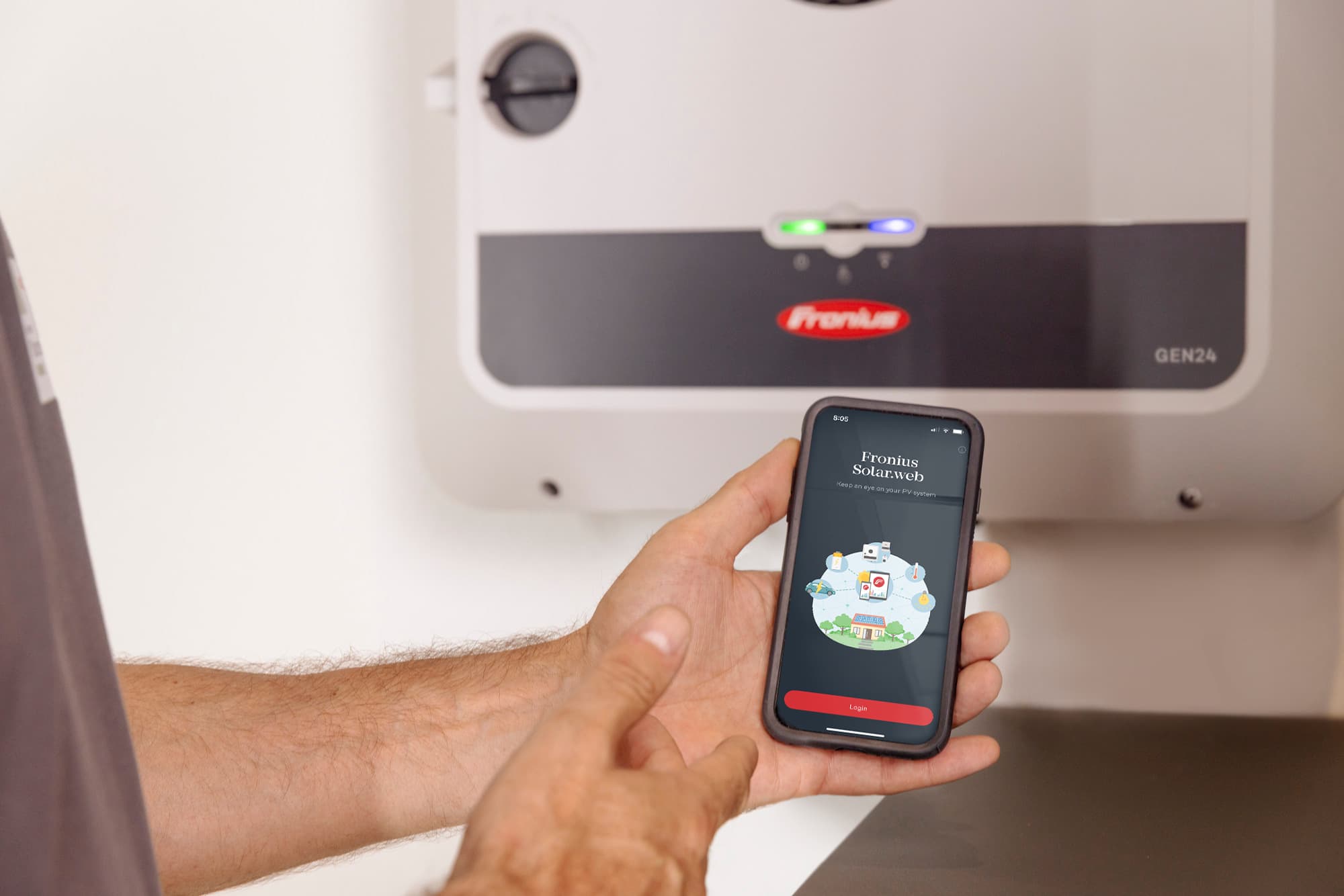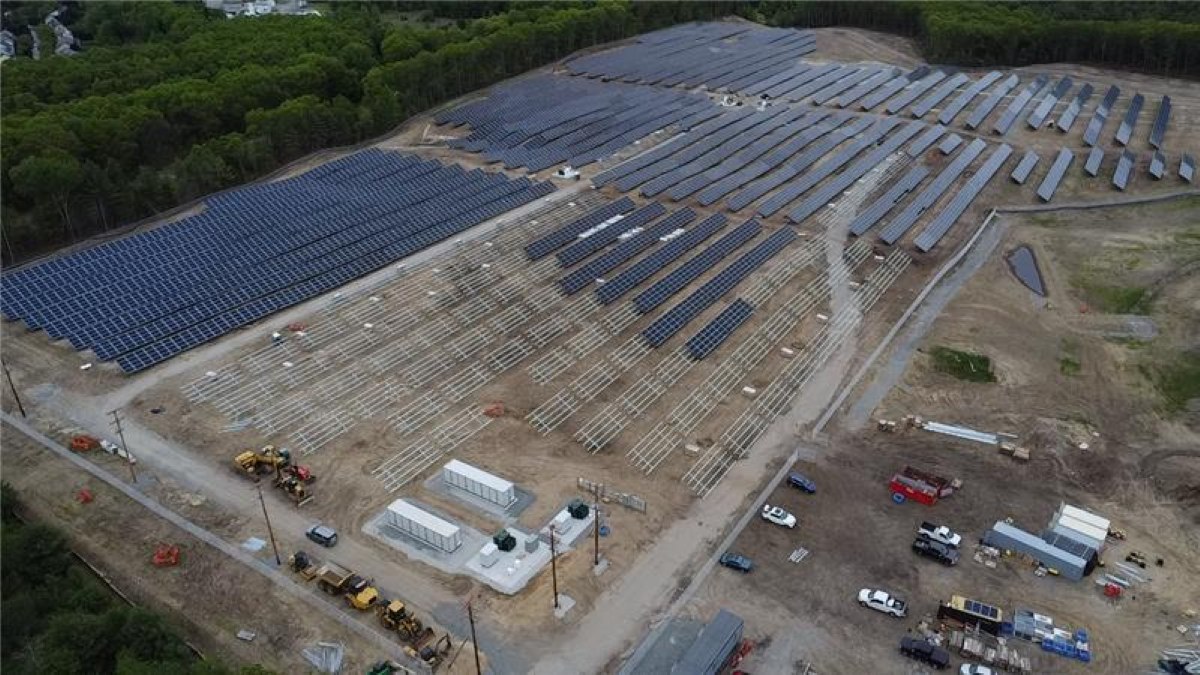Illinois doubles solar program capacity to capture federal incentives before ITC phase-out
The Illinois Commerce Commission’s latest ruling expands community and commercial solar programs while advancing new utility-scale procurements to lower costs and strengthen grid reliability

Illinois regulators are moving fast to lock in federal clean energy dollars before they disappear. The Illinois Commerce Commission (ICC) approved a major expansion to the state’s 2024–2026 Long-Term Renewable Resources Procurement Plan (LTRRPP) last week — doubling capacity for small-scale, community, and commercial solar projects and authorizing new competitive procurements for utility-scale development ahead of the Investment Tax Credit (ITC) phase-out.
The decision effectively increases the Adjustable Block Program by 100%, paving the way for hundreds of additional megawatts of solar capacity to come online across the state. By accelerating procurement now, Illinois aims to maximize the economic value of existing federal tax incentives while protecting consumers from future energy cost volatility.
“This decision is a major win for Illinois’ clean energy future,” said Andrew Linhares, Senior Manager for the Central Region at the Solar Energy Industries Association (SEIA). “By expanding solar capacity now, the Commission is helping ensure that Illinoisans benefit from lower costs, greater reliability, and good-paying local jobs.”
Illinois sets the pace for the Midwest
While several states have slowed procurement amid policy uncertainty, Illinois has leaned in. The ICC’s proactive move — supported by Governor J.B. Pritzker’s administration — positions the state as a national model for how to capture the remaining value of federal incentives while strengthening local economies.
Illinois currently ranks among the top five states nationwide for community solar deployment, with more than 700 MW installed and hundreds more in development. This latest expansion keeps Illinois on track to remain the Midwest’s clean energy leader, while further establishing the Adjustable Block Program as one of the most successful distributed solar frameworks in the country.
“This is decisive, forward-looking leadership from the Illinois Commerce Commission,” said Stephanie Burgos-Veras, Senior Manager of Equity Programs at the Coalition for Community Solar Access (CCSA). “By acting now, Illinois is ensuring that residents and businesses benefit from the lowest-cost solar projects while federal incentives remain available — cementing the state’s position as a national model for smart, affordable clean energy growth.”
Maximizing economic and grid value
By accelerating project approvals, the ICC’s plan gives developers confidence to build ahead of the ITC sunset and helps ratepayers benefit from the lowest-cost solar power while funding remains available. The Commission’s approach also prioritizes projects that can break ground quickly, translating policy into immediate job creation and grid upgrades.
“With this action, Illinois is showing how smart, proactive policy can turn clean energy goals into real economic value,” said Lesley McCain, Executive Director of the Illinois Solar Energy and Storage Association (ISEA). “By expanding solar capacity now, the Commission is helping capture remaining federal incentives, lower long-term energy costs, and strengthen the grid for Illinois families and businesses.”
John Albers, Director at Advanced Energy United, added: “This decision positions Illinois at the forefront of smart energy planning. By accelerating renewable procurement now, the Commission is helping avoid future price shocks, create a more reliable grid, and attract private investment that keeps energy dollars working here in Illinois.”
Bottom line
Illinois’ latest move underscores a clear trend: states with strong regulatory and policy coordination are best positioned to weather federal uncertainty. By doubling its solar capacity targets now, Illinois isn’t just chasing climate goals — it’s protecting its ratepayers and ensuring the energy transition delivers tangible, local benefits.





Comments are closed here.